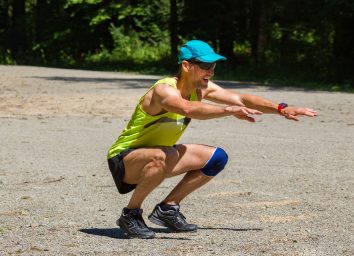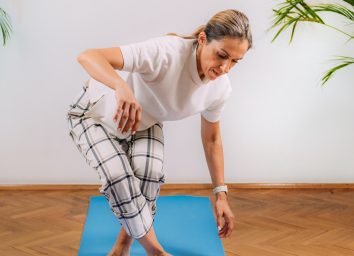Secret Tricks for Walking for Exercise, According to Walking Specialists
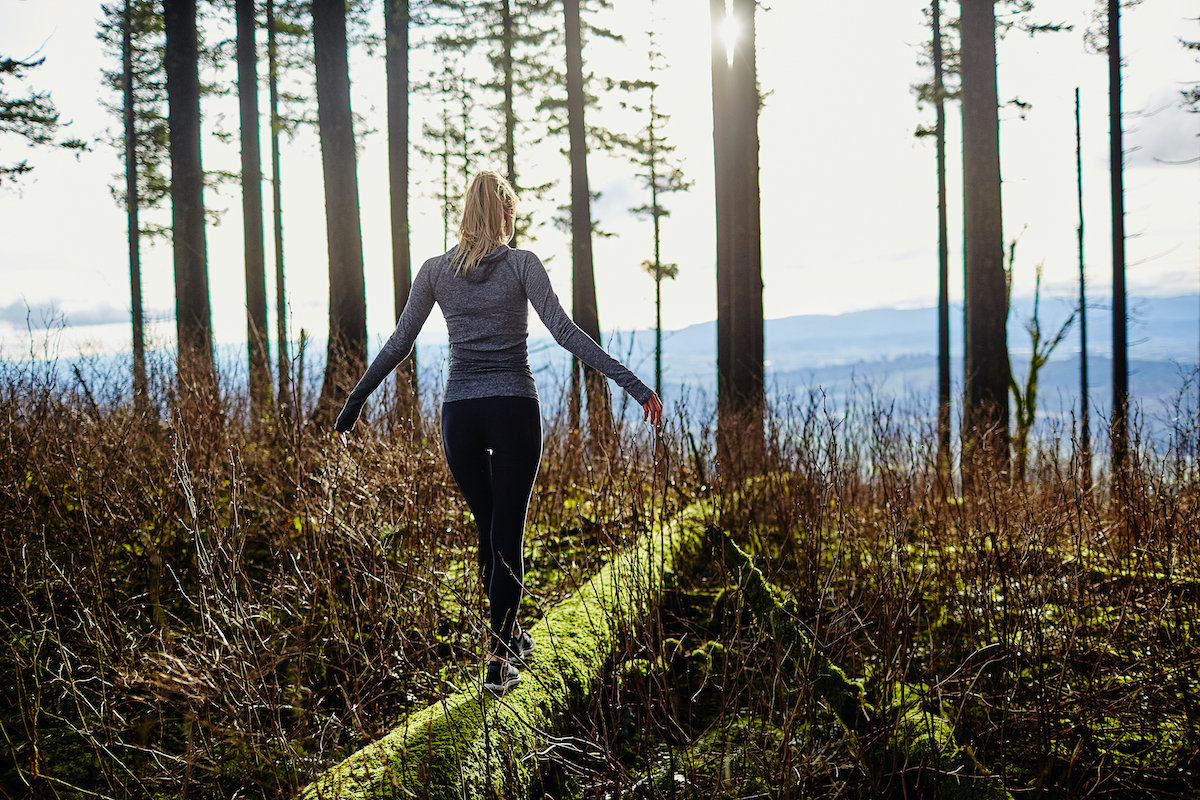
While people might consider themselves CrossFit fanatics or spin-class savants, there’s one form of exercise that offers tons of benefits without a boutique class price tag: walking.
“[Walking is] a great form of cardio fitness that is easier on joints than say running, or anything that you pound on the ground with, like high-intensity exercises,” says Lisa Herrington, an ACSM-certified personal trainer, fitness instructor, and founder of FIT House Davis. It strengthens the heart muscles, boosts energy, improves mood, and can support healthy weight management, she adds—among many other benefits.
Joanna Hall, MSc, a walking coach and creator and founder of WalkActive, echoes Herrington’s praise of walking’s benefits. However, “I do believe strongly [that] many people are not optimizing the amazing physical, mental, and cognitive benefits they can get through walking because their technique is suboptimal,” she says. Just as you would practice technique for improving your golf drive or tennis serve, she says that tweaking your walking technique and habits can greatly improve your performance and enjoyment of the activity.
If you’re walking as your main form of exercise, there are absolutely things you can do to boost the amount of fitness benefits you’re getting from your steps. We asked some expert trainers to share their secrets. And for more great walking advice, Here’s How Far You Need to Walk Every Day to Live a Longer Life, Says Science.
Perfect your stride

Justin Meissner, a NASM-certified trainer, says one of the biggest mistakes people make when trying to walk for exercise is taking huge strides to walk faster. “Too long of a step can put too much force on the knees and lower back,” he says. Instead, he says you should stick to your natural stride length and just increase your step speed.
How you step is important, too, adds Herrington. You should be stepping heel to toe, she says, meaning that you plant your step on the heel then roll your weight forward to your toes before picking up your foot again. This allows you to better use your hamstrings and glutes to power your stride, which takes the strain off of your knees and lower back. (The back of your leg, Hall agrees, should be propelling your stride; your hip flexors should not be pulling your legs forward.)
Finally, stay light on your feet with each step. “When you drop or slam the feet into the ground that force will travel up your leg to your ankle, knee, and yes even your lower back,” says Meissner. This causes strain and makes it harder for you to walk as fast or as far. And for more ways to maximize your walks, don’t miss these Secret Tricks for Walking Your Way to a Flatter Stomach, Say Experts.
Lengthen (and strengthen) your core
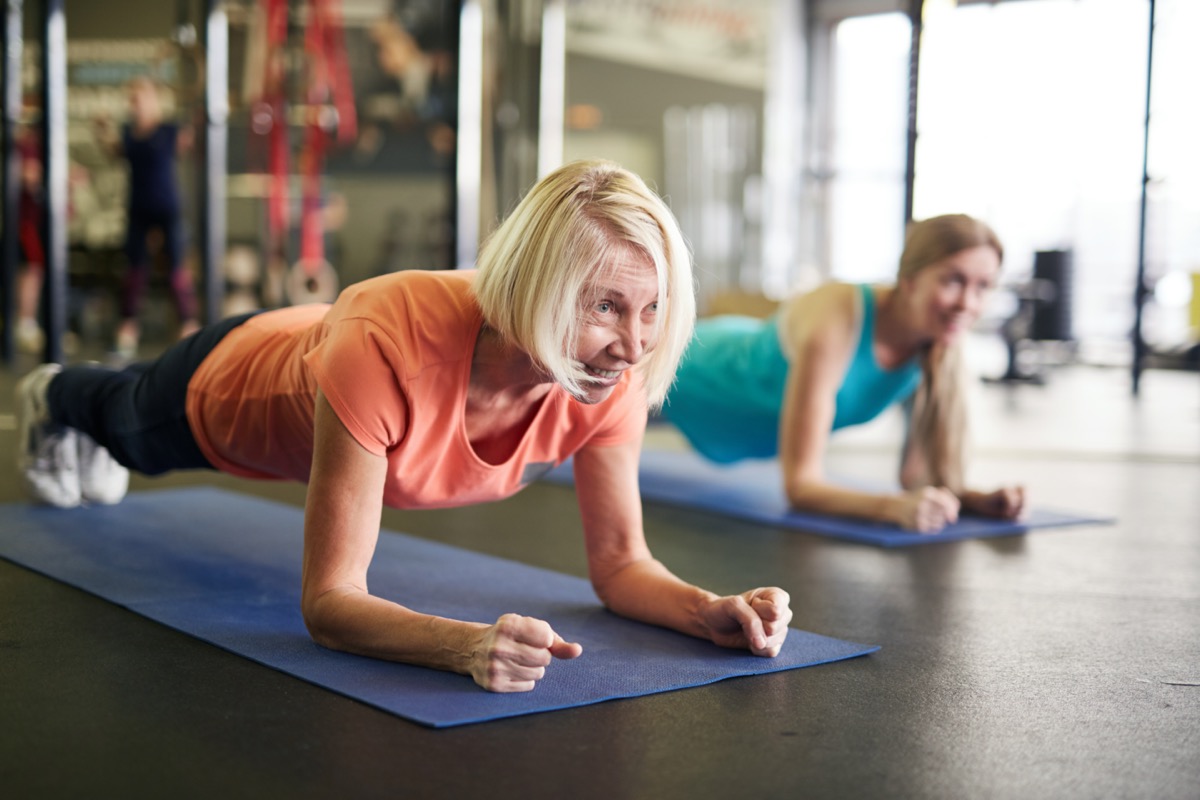
Herrington says that engaging your core while walking supports a healthy walking posture. But some people are too overzealous, Hall says (like squeezing the bellybutton back into the spine), which affects their performance. “So many people with all good intentions pull every muscle in,” she says, from the glutes to the abs and arms. “This creates excessive tension in the body, leading to compression and lower back pain, and can contribute to increased knee and ankle strain and compromise good postural alignment.”
Instead, Hall typically tells her walking clients to use their abs to create length between the tailbone and the sternum, which gives you more stability in the lower spine and hips, allowing for a full range of motion on the leg for a longer stride.
If this is difficult to maintain, you should consider some extra core-strengthening work. Herrington is a big fan of planks for this purpose. “The core is not just the front of our bodies. It’s also our backs,” she says. “It’s like a corset that wraps around the middle of you. And a plank will work all of that.”
Experiment with interval training
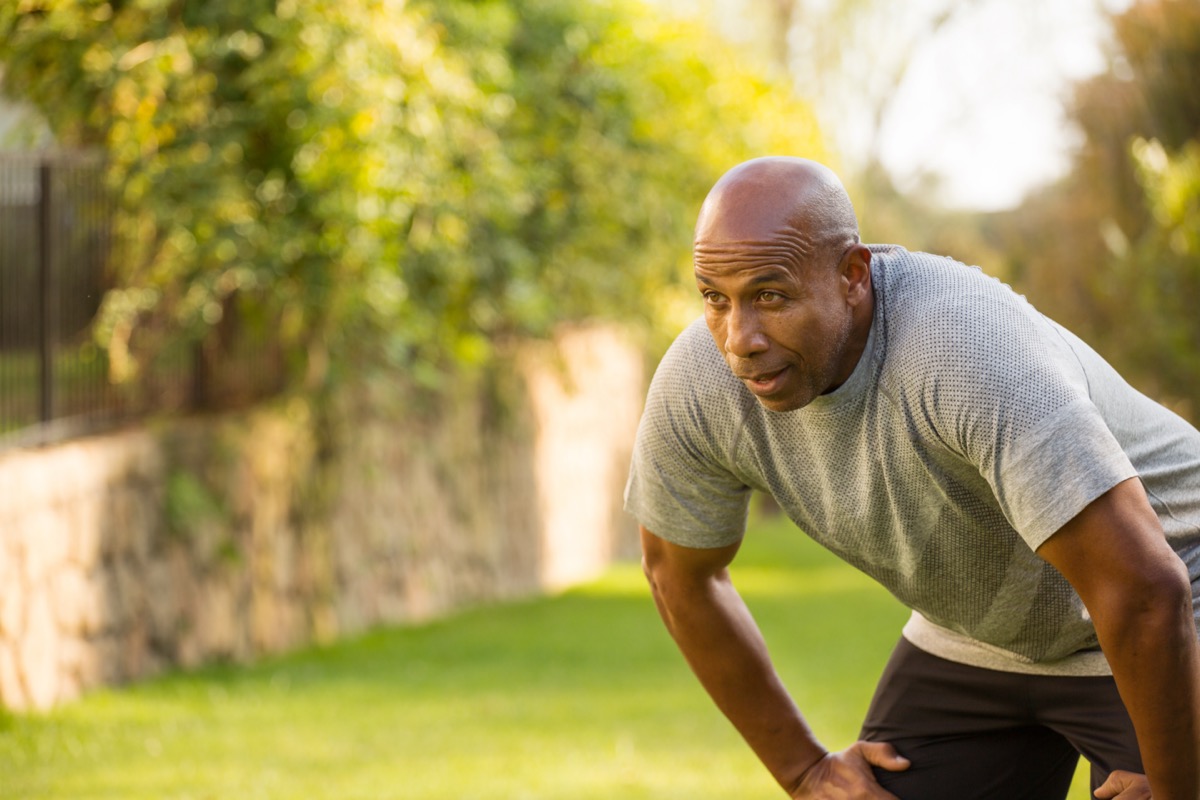
You might assume that intervals might be exclusively for strenuous HIIT workouts, but you can apply similar principles to your walks to boost your heart rate and caloric burn. “You can increase the pace of your walk for two minutes, and then back it off a little bit for one minute, and then pick it up again for two minutes,” says Herrington. Keep it up for the duration of your walk—you’ll find it’s surprisingly effective.
Mix up your movement

“One of the biggest mistakes I see when people are walking is the lack of variety,” says Alyssa Kuhn, DPT, a physical therapist and arthritis specialist at Keep the Adventure Alive. Walking forward on flat ground can be super repetitive for the joints, she says, and can neglect other muscles in the body that move you side-to-side or backward. But this is easy to solve.
“Walking on uneven ground such as trails of brush, rocks, sand, or hills can challenge your muscles in a different way,” Dr. Kuhn suggests. “If these types of trails aren’t available to you, you can simply add a quick series of lateral and reverse stepping or strength training movements.” These tweaks are another step toward maximizing your walking workout benefits.
Increase strength with a mobile boot camp
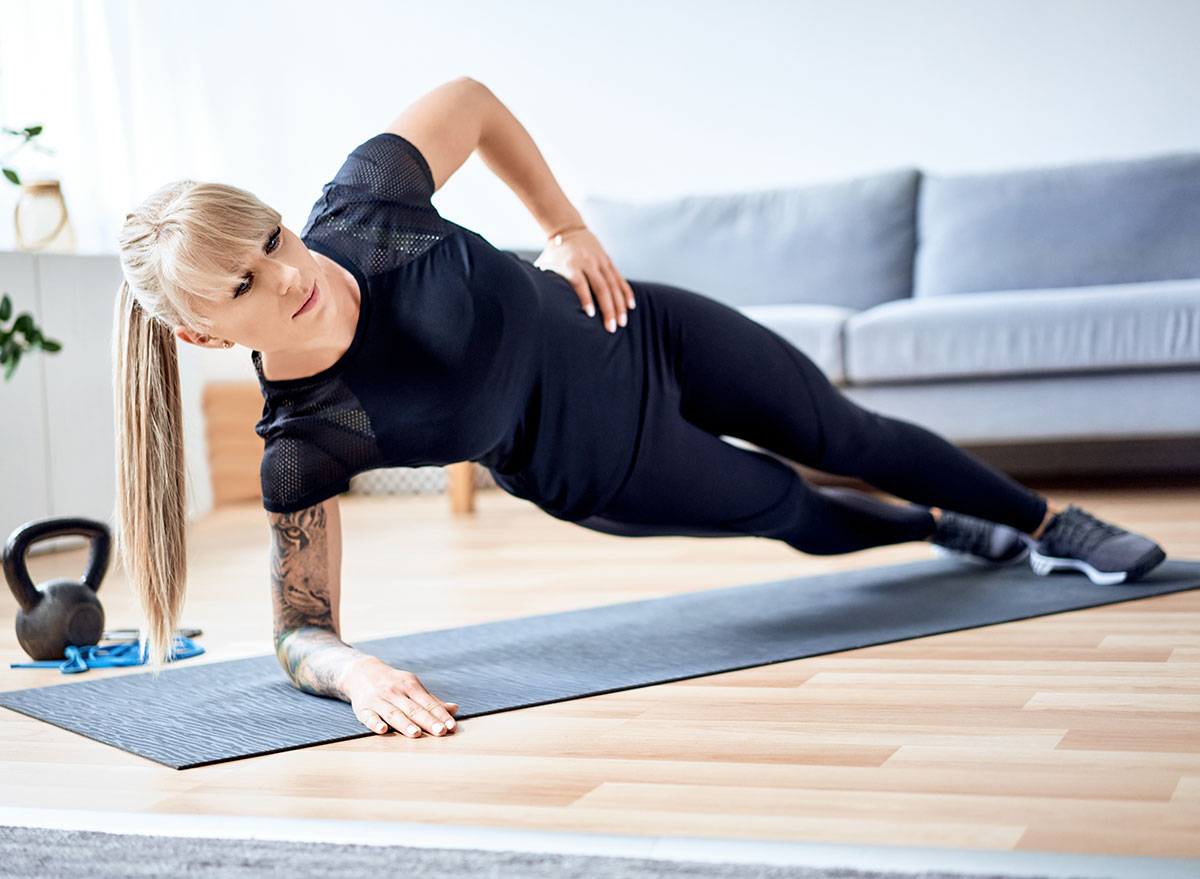
Walking with hand weights seemingly goes together like peanut butter and chocolate. But Hall says it can hurt your form and take away from the cardiovascular benefits of your walk. Holding onto a weight creates tension in the shoulders, she says, which can limit arm movement and affect your posture and thus impact your pace.
Instead, you can incorporate strength training naturally into your walk to work your arms, core, and other muscle groups. Hall and Herrington both recommend trying bodyweight exercises on walks. “Use your surroundings,” suggests Herrington, who is a big fan of boot camp-style workouts. “If you’re out for a walk and you see a park bench, do some push-ups on it. Then find a field and do some lunges across the field and continue your walk.” Adding these fitness breaks during your walk mixes things up while also making your overall workout more challenging. And for more great walking tips, see here for The 7-Minute Walking Trick That Can Add Years to Your Life, Say Experts.
